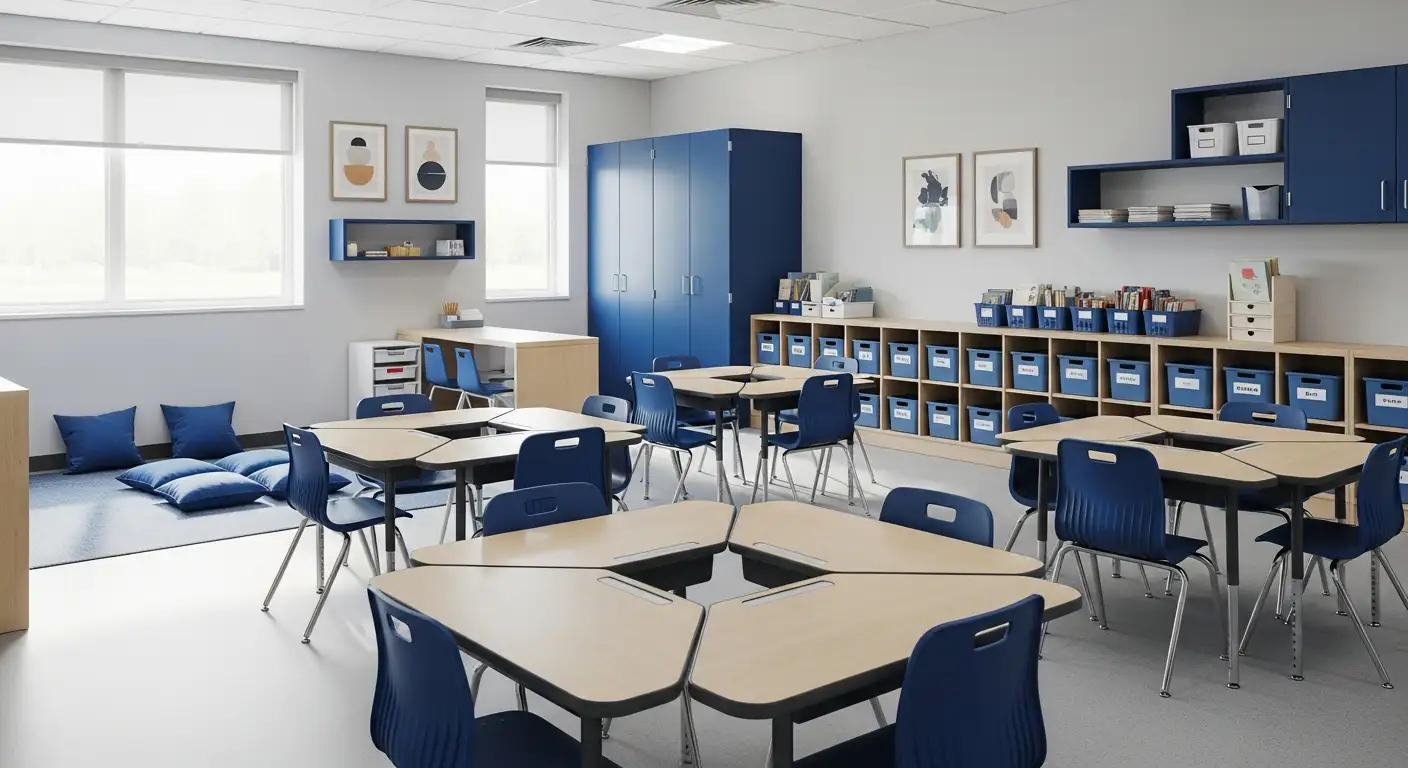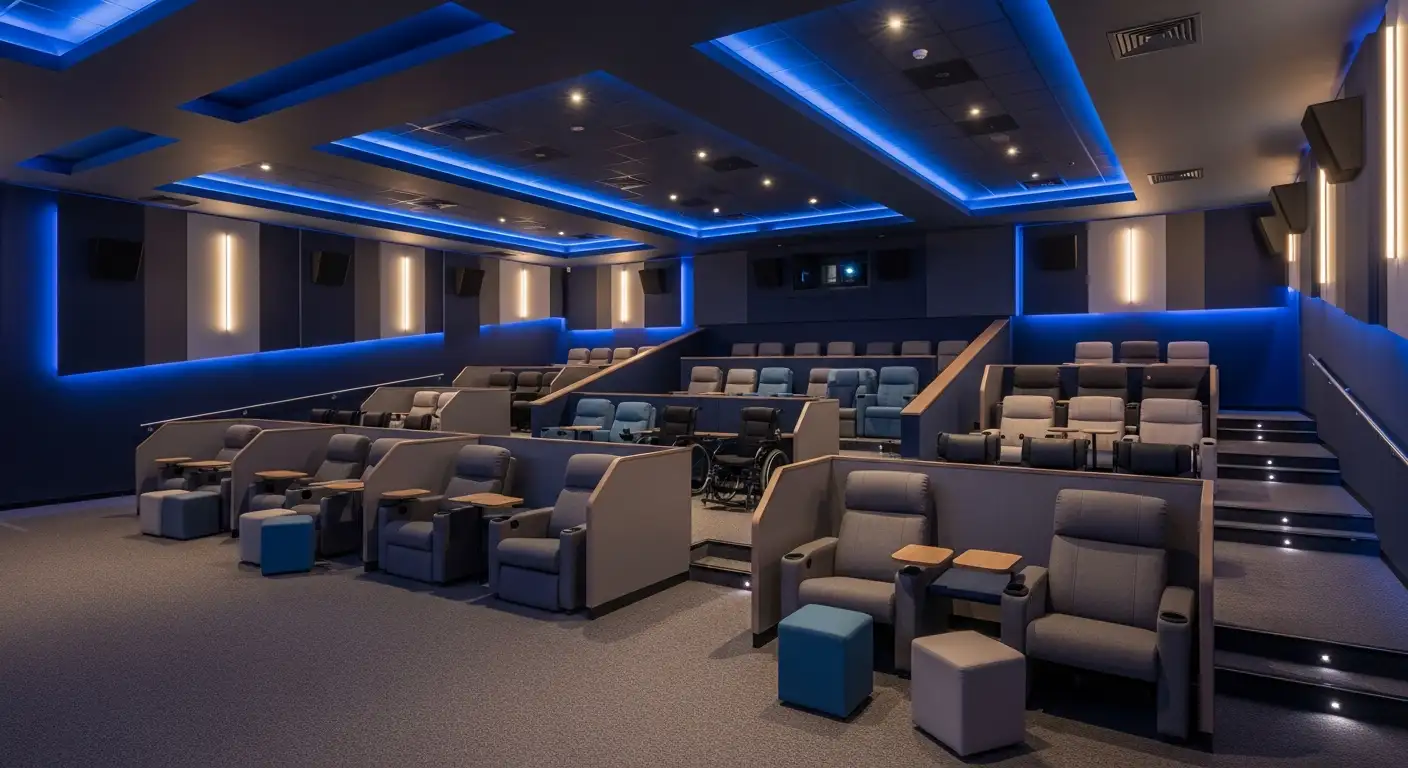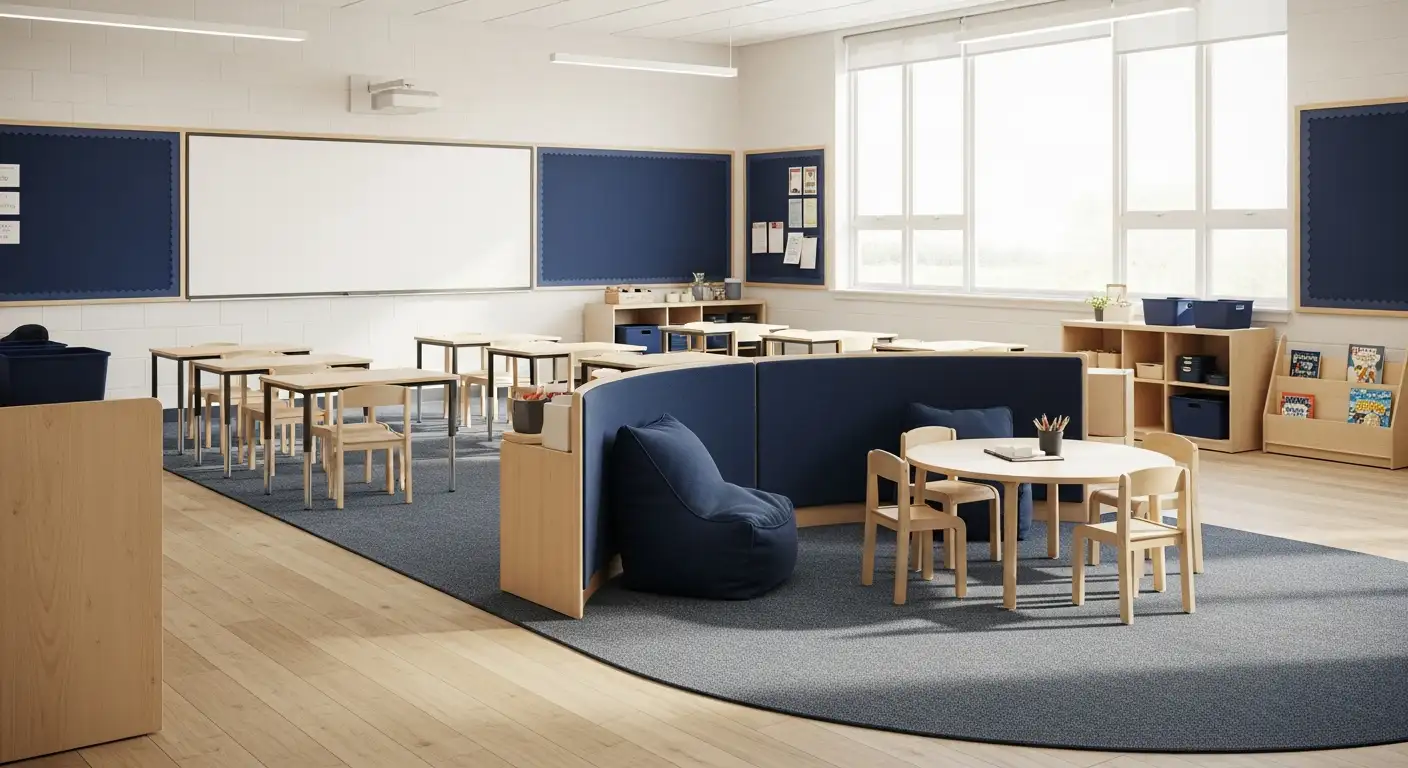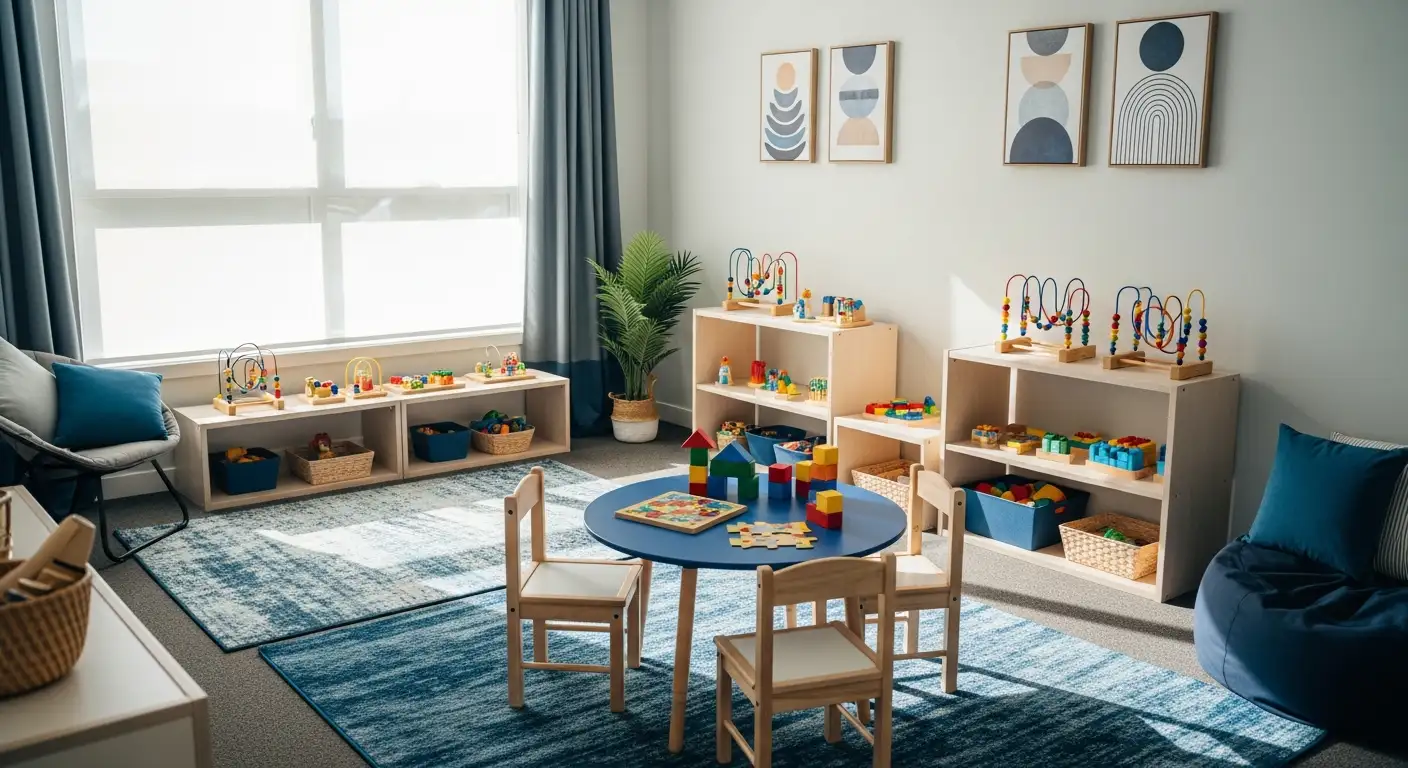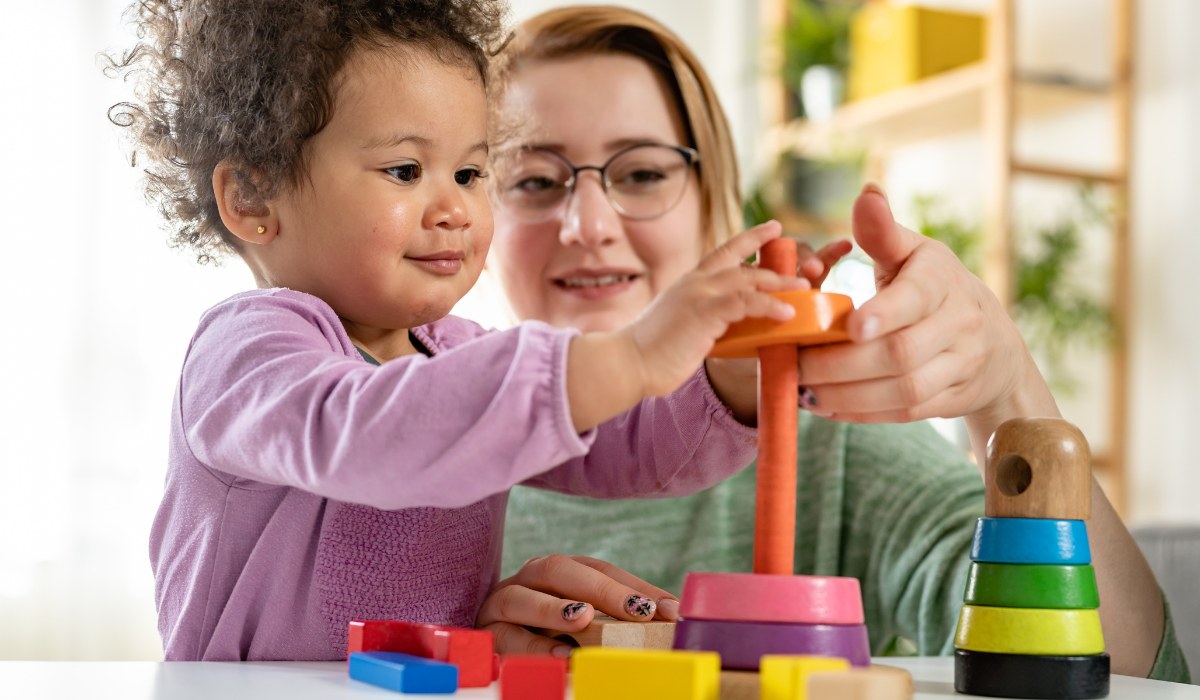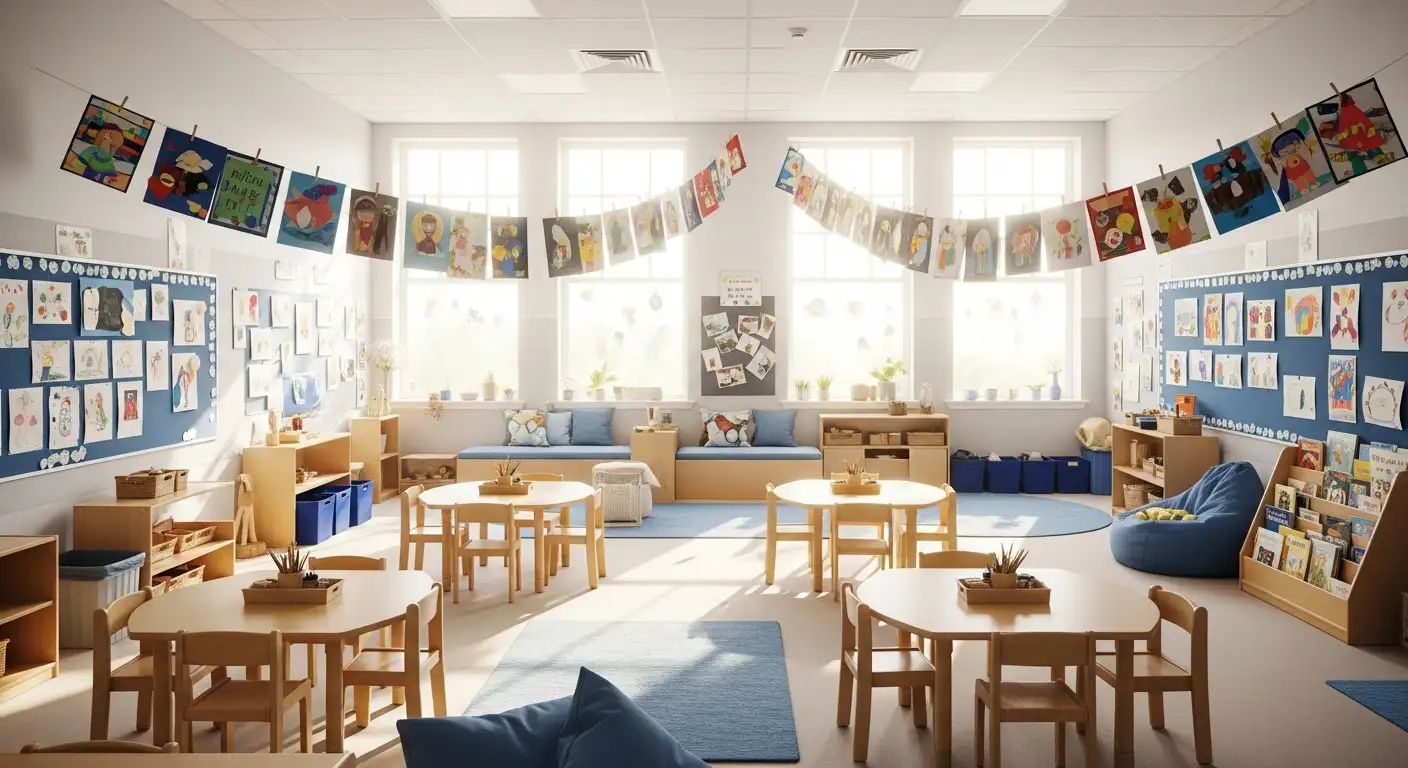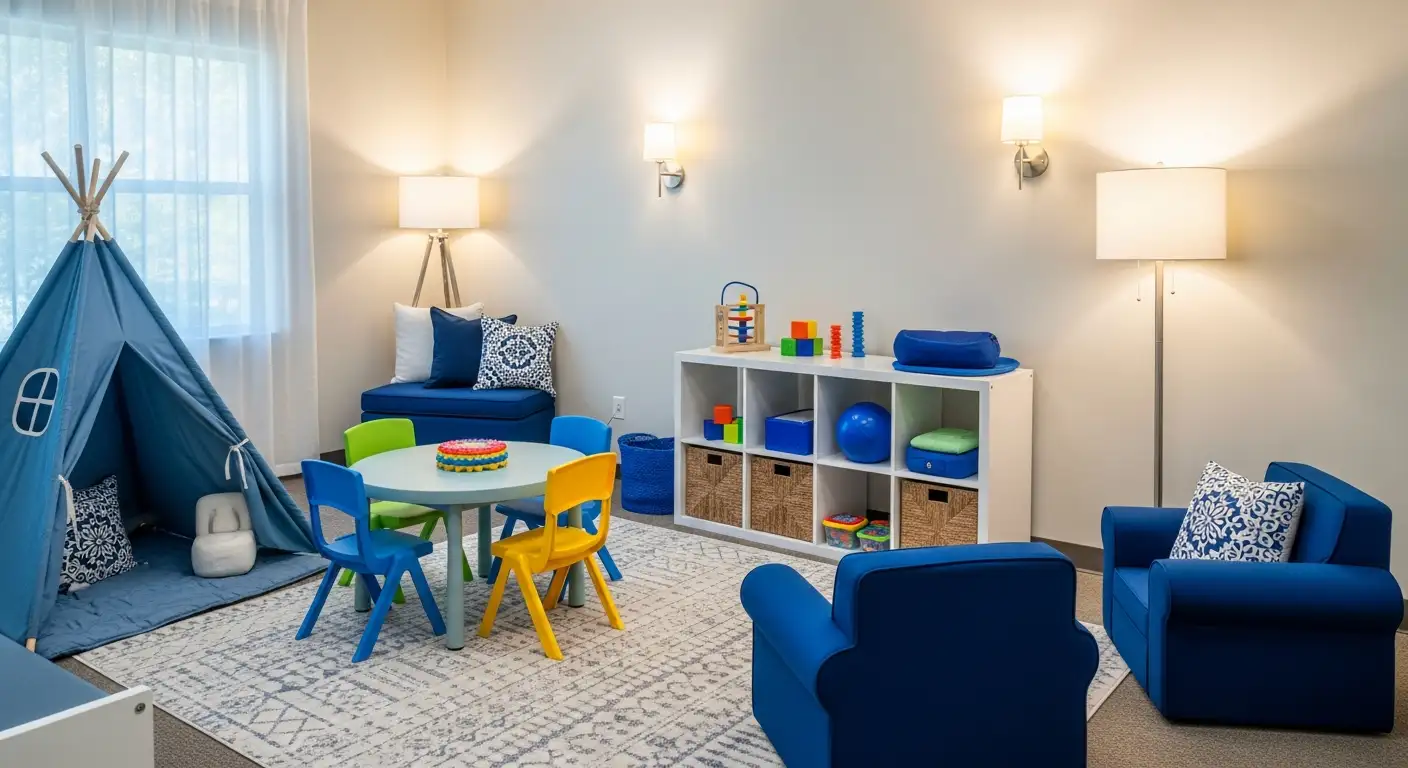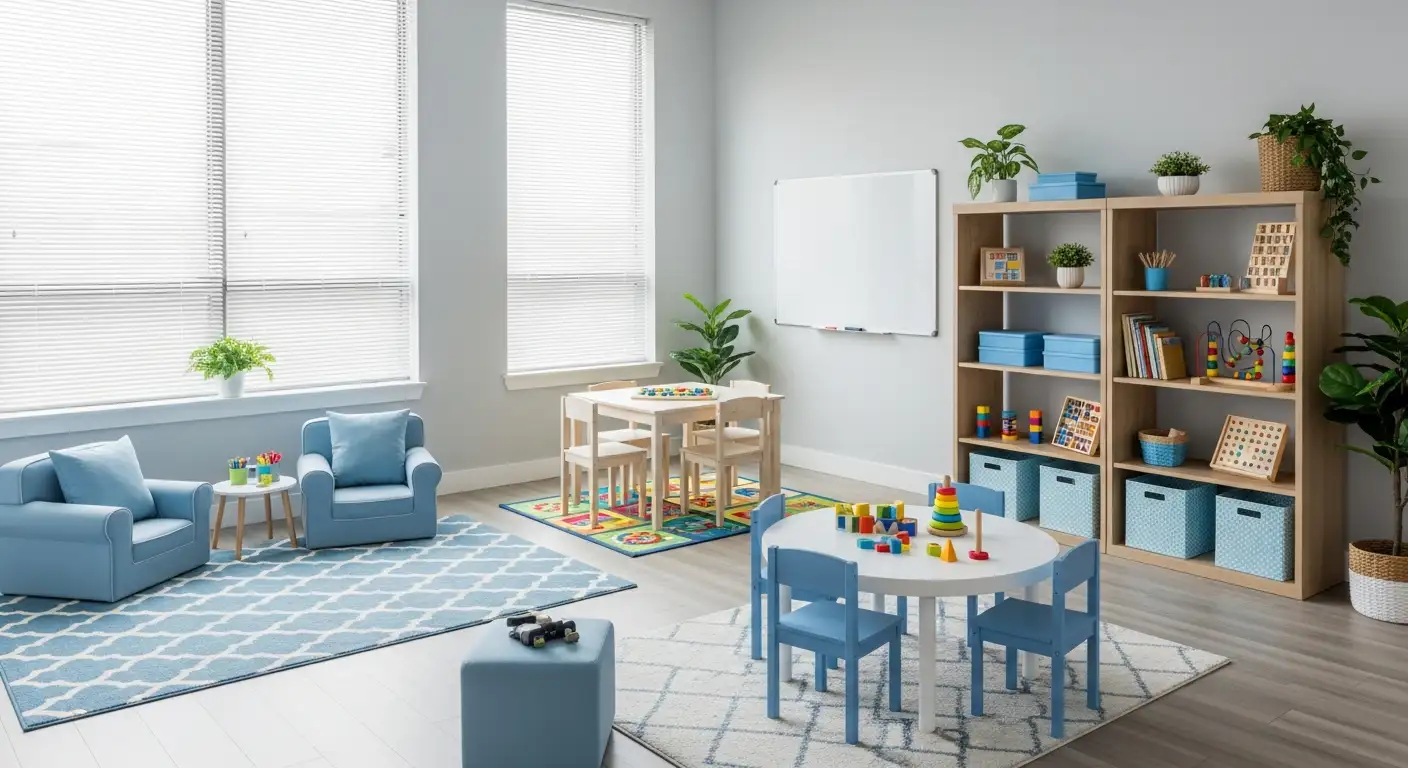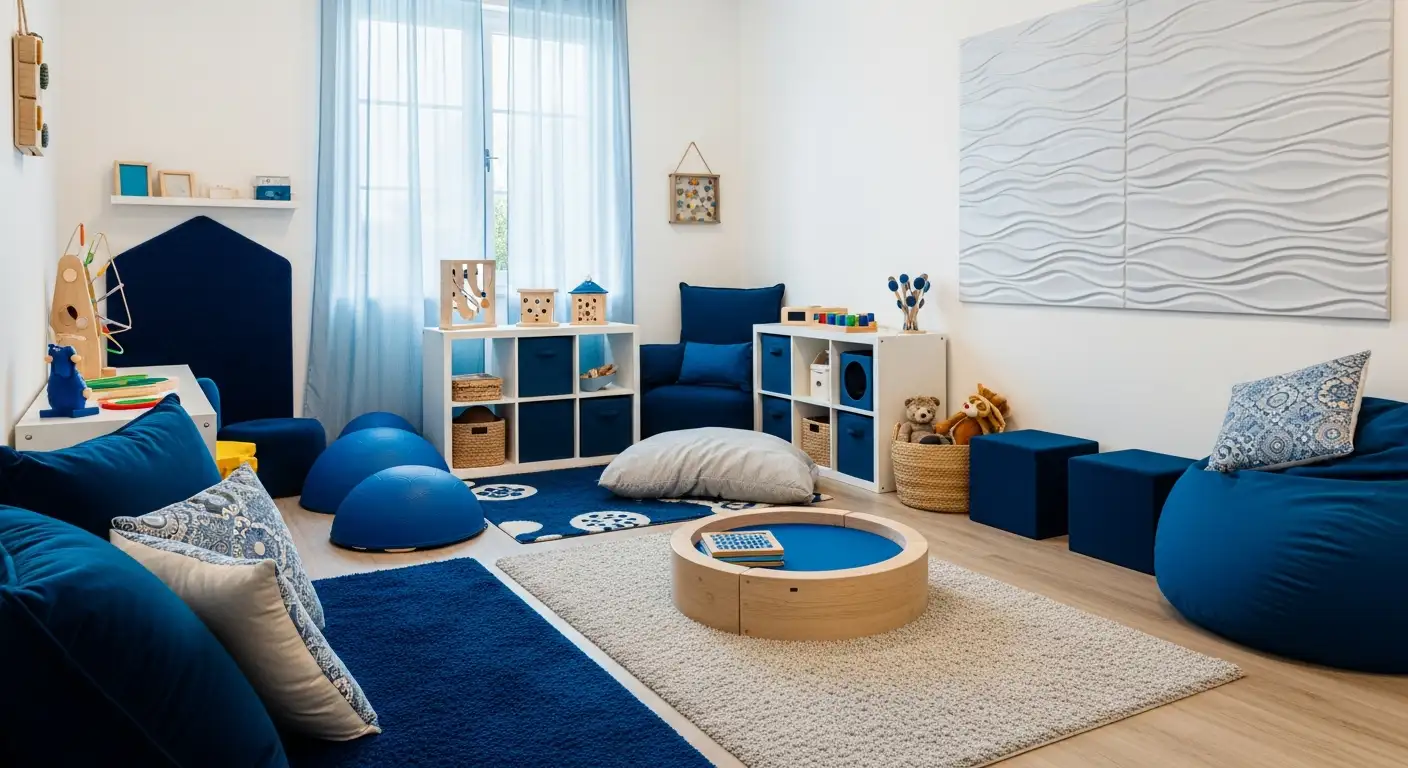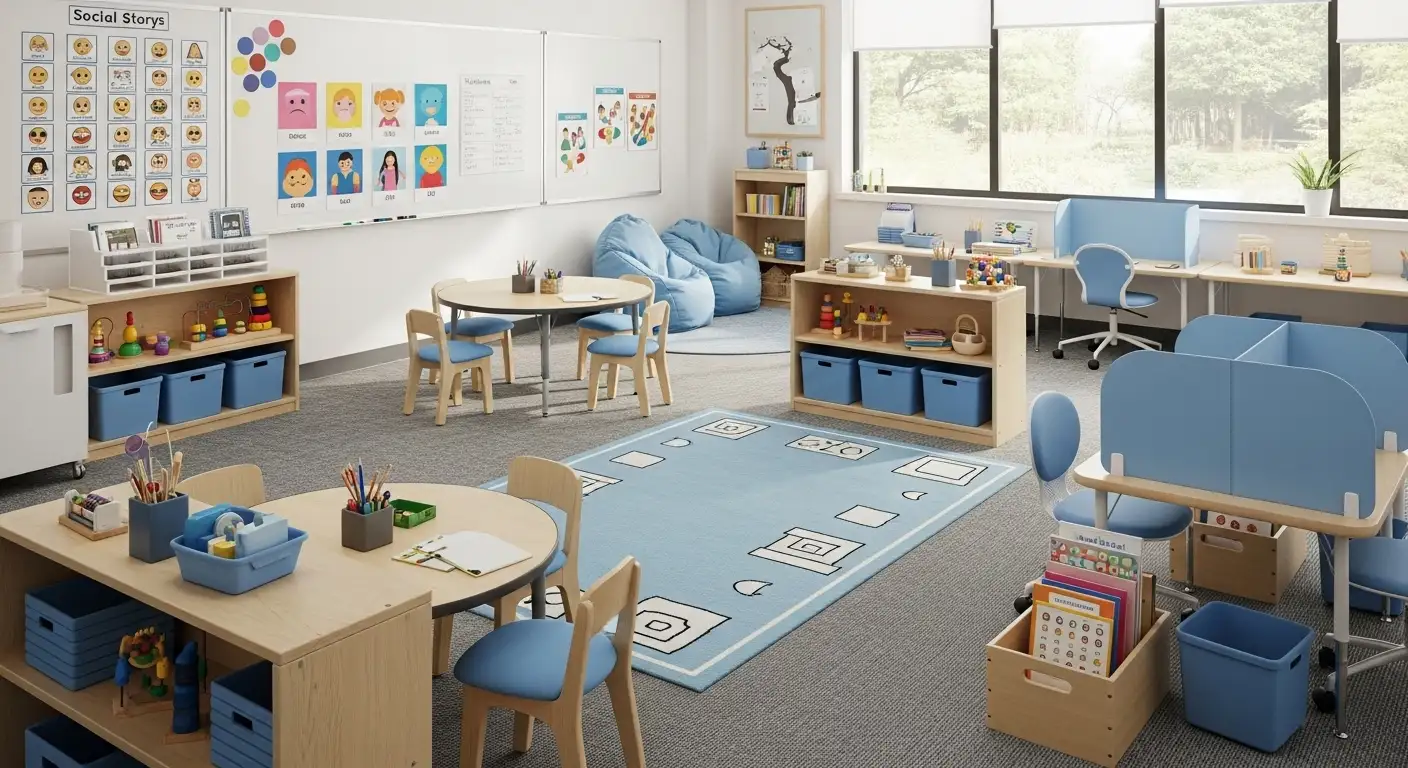Supporting Autistic Children in Developing Motor Skills
Enhancing Motor Skills in Children with Autism: Therapeutic Approaches and Practical Strategies
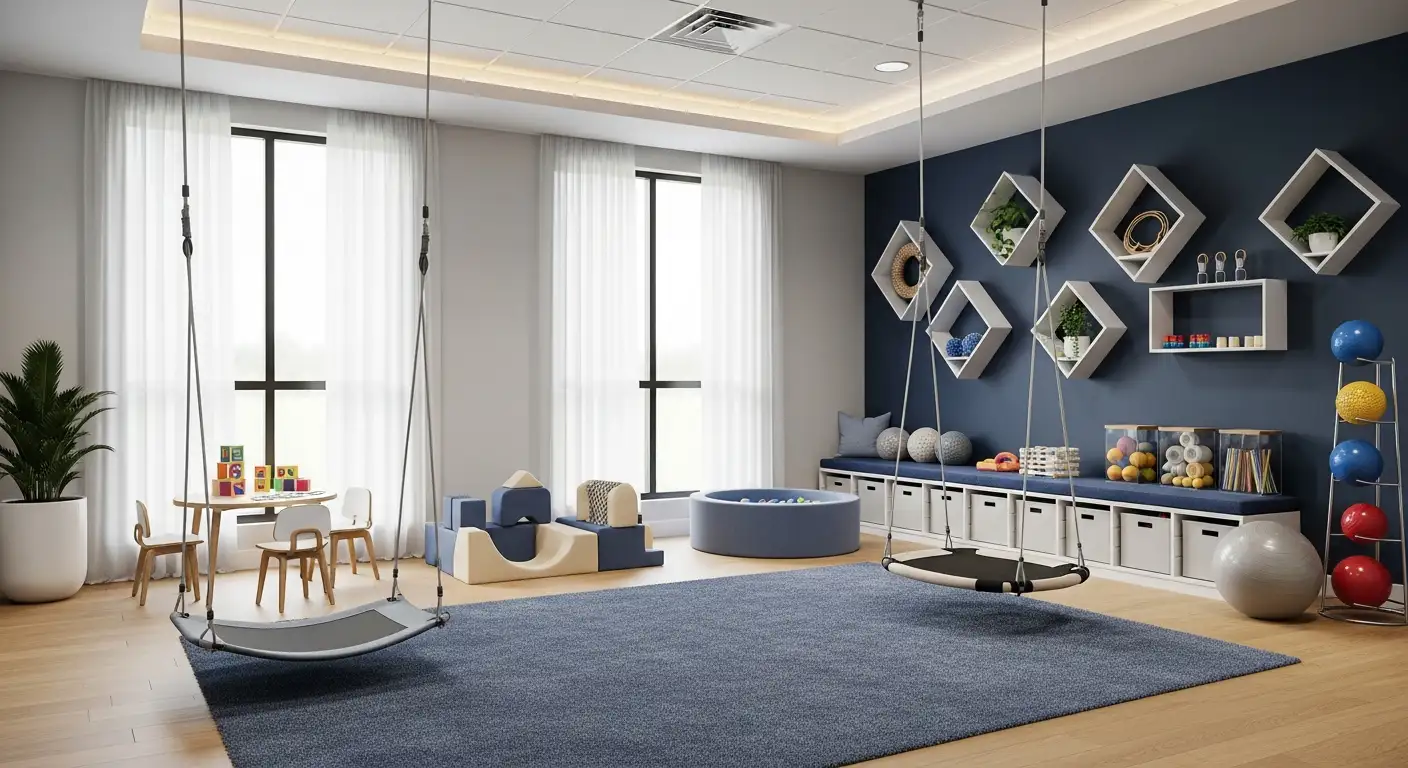
Understanding Motor Challenges in Autism
Autistic children often face unique challenges in developing motor skills essential for daily life and independence. Difficulties with posture, coordination, motor planning, and sensory integration can impact both gross and fine motor skills. This article explores the underlying causes of these motor challenges, presents evidence-based therapeutic interventions such as occupational therapy and Applied Behavior Analysis (ABA), and shares practical strategies to support motor development, helping children with autism thrive in their environments.
The Nature of Motor Skill Difficulties in Autism
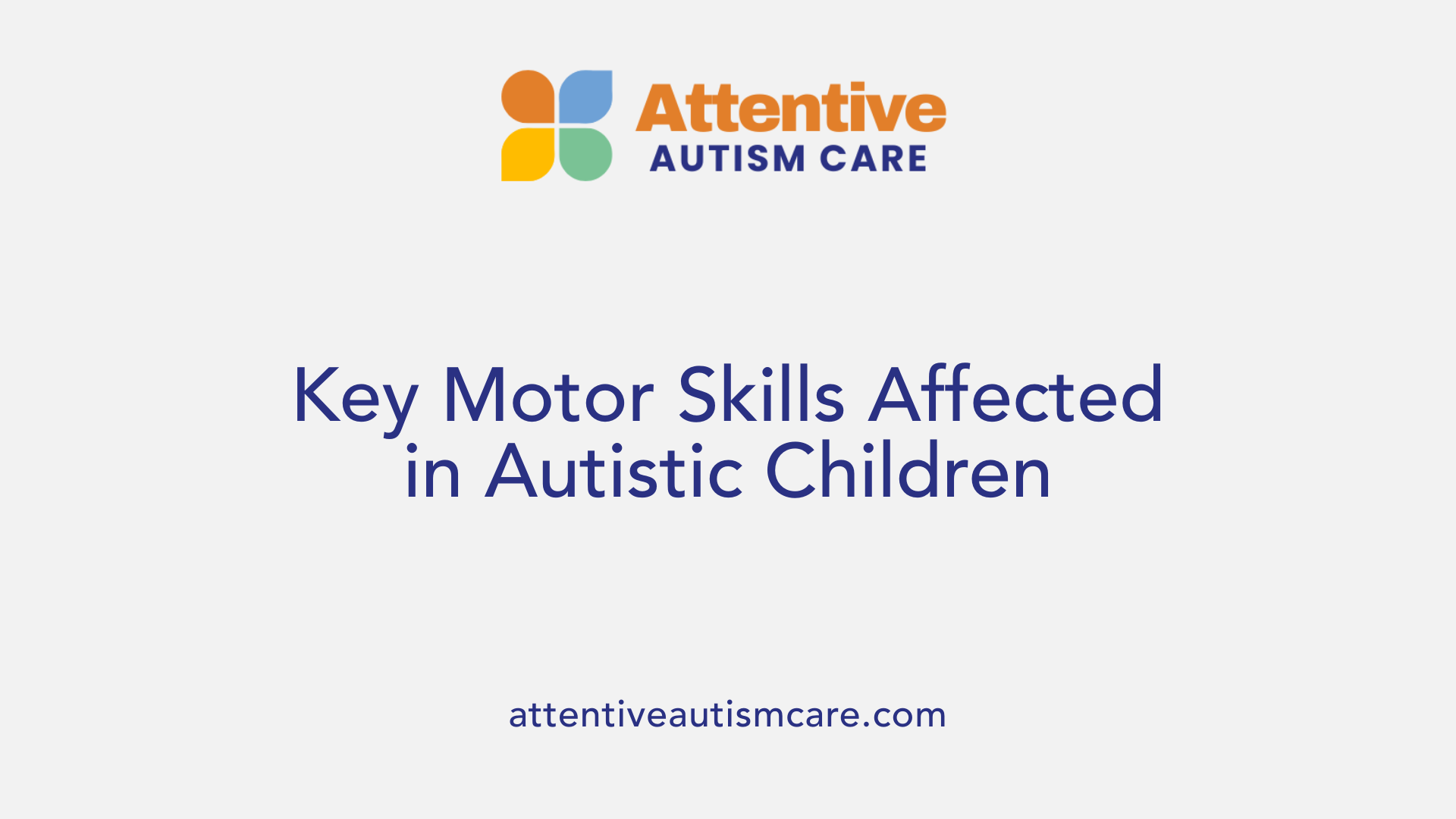
What motor difficulties are common in autistic children?
Autistic children frequently face challenges related to posture, coordination, and motor planning. These difficulties manifest as delays and atypical patterns in both gross (large body movements) and fine (small, precise movements) motor skills. These motor challenges can affect everyday activities and overall independence.
How do posture, coordination, and motor planning issues present?
Posture problems may include difficulties maintaining balance and stability, which can impact stamina and physical activity. Coordination issues involve challenges in smoothly and effectively performing movements, while motor planning — also known as praxis — is the ability to conceptualize, organize, and execute movements. Autistic children often show lower praxis abilities compared to their peers, affecting the fluidity and accuracy of their movements.
What neurological and sensory factors contribute to motor difficulties?
Motor skill development depends on complex neural pathways integrating sensory input and motivation. In autism, differences in brain wiring can affect prediction, body awareness, and motor execution. Sensory sensitivities, joint hypermobility, low muscle tone, and anxiety may also contribute to these challenges, complicating movement and coordination.
How do gross and fine motor skills differ in autistic children?
Gross motor skills include activities like trampolining, swimming, climbing, and ball games that develop balance and muscle tone. Fine motor skills involve manipulating small objects, such as playing with dough, lacing, or using utensils — building dexterity, hand strength, and coordination.
Why are praxis challenges significant?
Praxis involves planning and coordinating movements, enabling children to perform complex tasks. Lower praxis skills in autistic children can make it harder to learn new movements or sequences, impacting everything from playing to self-care activities. Occupational therapy often targets praxis to improve motor planning and execution.
| Aspect | Description | Impact on Motor Skills |
|---|---|---|
| Posture | Stability and body alignment | Affects balance and stamina |
| Coordination | Smooth execution of movements | Influences ability to participate in physical activities |
| Motor Planning (Praxis) | Conceptualizing and organizing movements | Essential for learning new motor skills |
| Neurological/Sensory | Brain wiring, sensory processing, muscle tone | Underlies the control and precision of movements |
| Gross vs Fine Motor | Large movements vs small precise movements | Both areas typically show delays or atypical patterns |
Occupational Therapy: Supporting Sensory and Motor Skill Development

What Is the Role of Occupational Therapy (OT) in Supporting Children with Autism?
Occupational therapy (OT) is essential in helping autistic children build the skills they need for daily living and social participation. OT therapists focus on a wide range of abilities including sensory processing, motor skills, communication, and self-care to promote greater independence and community inclusion.
How Does Ayres Sensory Integration Therapy Aid Motor Skill Development?
Ayres Sensory Integration (ASI) therapy, a specialized OT approach, targets sensory processing issues that often affect motor planning and coordination in autistic children. By improving how children receive and respond to sensory inputs, ASI enhances both fine and gross motor functions.
How Are Sensory, Motor, Cognitive, and Social Skills Assessed?
Therapists conduct comprehensive assessments evaluating sensory sensitivities, motor coordination, cognitive abilities, social skills, and communication to create individualized treatment plans tailored to each child’s unique profile.
What Strategies Improve Fine and Gross Motor Functions?
Effective strategies include repetitive, engaging activities that challenge coordination and strength. For fine motor skills, tasks like manipulating small objects, dough play, lacing, and using utensils build hand strength and dexterity. Gross motor skills are enhanced through activities like trampolining, swimming, climbing, and ball games that improve balance and muscle tone.
What Practical Activities Support Core Stability and Coordination?
Core stability, crucial for posture and stamina, benefits from exercises such as yoga, Pilates, and equipment-assisted training. These improve trunk control, which underpins smoother and more controlled movements during daily activities.
How Are OT Sessions Structured?
OT sessions are typically play-based and task-oriented, blending sensory play with hand-eye coordination exercises and daily living skill practice. This engaging format fosters motivation and skill development while supporting emotional regulation and sensory processing.
Overall, occupational therapy adopts a personalized, evidence-based approach, integrating sensory and motor interventions to promote independence and improve quality of life for autistic children.
Applied Behavior Analysis (ABA): Behavioral Analysis Therapy for Autism

What is behavioral analysis therapy for autism?
Behavioral analysis therapy for autism, commonly known as Applied Behavior Analysis (ABA), is a science-based and individualized treatment approach. It uses principles of learning to promote positive behavior changes by applying techniques such as positive reinforcement. This means rewarding desirable behaviors to encourage them to occur more frequently. ABA also employs the A-B-C model, which examines antecedents (what happens before a behavior), behaviors themselves, and consequences (what follows the behavior) to understand and modify actions effectively.
ABA therapy aims to enhance key areas like communication, social skills, self-care, academic functioning, and motor skills development while reducing challenging behaviors that may interfere with learning and growth. Modern ABA practices often incorporate naturalistic and play-based methods, focusing on helping children achieve greater independence and meaningful participation within their environments.
Who provides behavioral analysis therapy for autism?
ABA therapy is delivered by professionals specially trained in applied behavioral analysis techniques. The main providers include Board Certified Behavior Analysts (BCBAs), who design and oversee personalized treatment programs based on detailed assessments and progress monitoring.
Behavior Technicians (BTs) work directly with children under BCBA supervision to implement ABA strategies. Various organizations and clinical centers provide ABA services, offering options such as center-based, in-home, school, or telehealth therapy to accommodate family needs.
Additionally, state-funded programs like Medi-Cal and regional centers support access to ABA therapy and other evidence-based interventions for eligible children. These coordinated efforts ensure families receive tailored and effective care from qualified clinicians.
How does behavioral analysis therapy benefit individuals with autism?
ABA offers significant benefits by teaching essential life skills in a structured yet flexible manner. It helps children develop effective communication and social interaction abilities as well as daily living and self-care skills. By increasing helpful behaviors and decreasing problematic ones, ABA enhances functioning and promotes greater independence.
The therapy's personalized approach means it can be adapted to each child's unique strengths and challenges, supporting skill-building in language, attention, memory, and academics. Early and intensive ABA treatment is especially associated with improved developmental outcomes over time.
Collaboration among trained professionals, parents, and caregivers is a central feature, boosting overall success and ensuring that interventions align with the child's natural environment and family priorities.
What are the differences and complementarities between ABA and occupational therapy?
While ABA primarily targets behavior modification and skill acquisition related to communication, socialization, and behavior management, occupational therapy (OT) focuses on developing daily living skills, motor abilities, sensory processing, and emotional regulation.
OT uses play-based and task-oriented sessions led by licensed occupational therapists to improve fine and gross motor skills, hand-eye coordination, and self-care routines. In contrast, ABA utilizes reinforcement strategies and behavioral analysis primarily conducted by BCBAs and technicians.
These therapies are distinct but complementary. ABA can effectively address behavioral challenges that might impede skill development, while OT supports functional independence and sensory-motor integration necessary for daily activities.
Coordinated care and joint planning between ABA and OT providers can create a holistic support system for autistic children, addressing a broad range of developmental needs to promote overall well-being and community inclusion.
Practical Activities and Strategies to Enhance Motor Skills
What Gross Motor Activities Help Autistic Children?
Engaging autistic children in gross motor activities like trampolining, swimming, climbing, sliding, and ball games can boost their balance, muscle tone, and body awareness. These active play experiences encourage coordination and provide essential proprioceptive input, helping children develop stronger motor patterns.
Which Fine Motor Activities Are Beneficial?
Fine motor skill improvement can be supported through activities such as manipulating small items, playing with dough, lacing, screwing nuts and bolts, and using chopsticks. These tasks enhance hand dexterity, coordination, and strength—crucial skills for everyday tasks like writing and dressing.
Why Is Core Stability Important?
Core stability influences posture, balance, and stamina. Exercises including yoga, Pilates, and gym equipment use strengthen the core muscles. Improving core stability provides a foundation for smooth, coordinated movements and assists in maintaining appropriate posture during activities.
How Can Daily Tasks Be Made Easier?
Using adapted tools and visual cues supports children during daily tasks such as dressing and using cutlery. These modifications foster independence by making it easier to understand and complete multi-step activities.
How Can Sensory Sensitivities Be Supported?
Supporting sensory sensitivities through alternative seating options or allowing movement breaks helps autistic children participate comfortably in activities. These accommodations reduce overwhelm and increase engagement.
Why Are Repetition and Engagement Crucial?
Consistent, repetitive, and engaging motor interventions are essential for development in autistic children. Regular practice strengthens neural connections and improves motor planning and coordination over time.
The strategies outlined combine physical activities, environmental adaptations, and tailored support, allowing children to improve motor abilities while accommodating their unique sensory and coordination needs.
Integrating Therapeutic Approaches for Holistic Support
How Do Occupational Therapy and ABA Work Together?
Occupational Therapy (OT) and Applied Behavior Analysis (ABA) serve distinct yet complementary roles in autism support. OT focuses on developing fine and gross motor skills, sensory processing, self-care abilities, and emotional regulation through play-based and task-oriented sessions. In contrast, ABA centers on behavior modification, communication, and social skills using reinforcement strategies like discrete trial training and visual supports.
What Does Coordinated Care Planning Entail?
Effective treatment involves coordinated care planning, where therapists from OT and ABA work jointly to tailor individual treatment plans. This collaboration ensures personalized interventions that address each child's sensory, motor, behavioral, and social needs systematically, maximizing therapeutic outcomes.
What Other Services Enhance Comprehensive Autism Support?
Beyond OT and ABA, comprehensive autism programs often include speech therapy and family support initiatives. These services collectively foster communication skills and empower families to participate actively in care, promoting fuller community inclusion and lasting progress.
What Are the Benefits of Combining Sensory-Motor and Behavioral Interventions?
Integrating sensory-motor strategies from OT with behavioral techniques from ABA yields several benefits. Children experience improvements in independence, functional mobility, social interactions, and emotional regulation. Such a combined approach addresses the broad spectrum of challenges faced by autistic children, enabling holistic development.
How Does Integrated Therapy Impact Independence and Social Skills?
Together, these therapies enhance daily living skills and social competence, crucial for autonomy and participation. OT strengthens physical abilities and sensory regulation, while ABA reinforces positive behavior and communication. This synergy supports better emotional intelligence and overall quality of life for children with autism.
Fostering Independence Through Supportive Motor Skill Development
Developing motor skills in autistic children requires a nuanced understanding of their unique neurological and sensory profiles. Both occupational therapy and Applied Behavior Analysis offer valuable, evidence-based approaches to address these challenges, focusing on improving sensory processing, motor planning, behavior, and daily living skills. Practical activities that emphasize balance, coordination, and fine motor dexterity, along with patient and consistent interventions, support ongoing progress. When integrated thoughtfully, these therapies create a comprehensive support system that empowers autistic children to gain independence, enhance their social interactions, and improve their quality of life.
References
- Autistic Children and Motor Skills
- A Comparative Trial of Occupational Therapy Using Ayres ...
- Discover the Benefits of Occupational Therapy for Children ...
- Occupational Therapy vs. ABA Therapy – What's the ...
- Applied Behavior Analysis (ABA) Therapy vs. Occupational ...
- California ABA Therapy - Autism Therapy & Services
- Behavioral Health Treatment for Autism
- Applied Behavior Analysis (ABA)
- The Top 10 Reasons Children With Autism Deserve ABA
- Applied Behavior Analysis (ABA)






